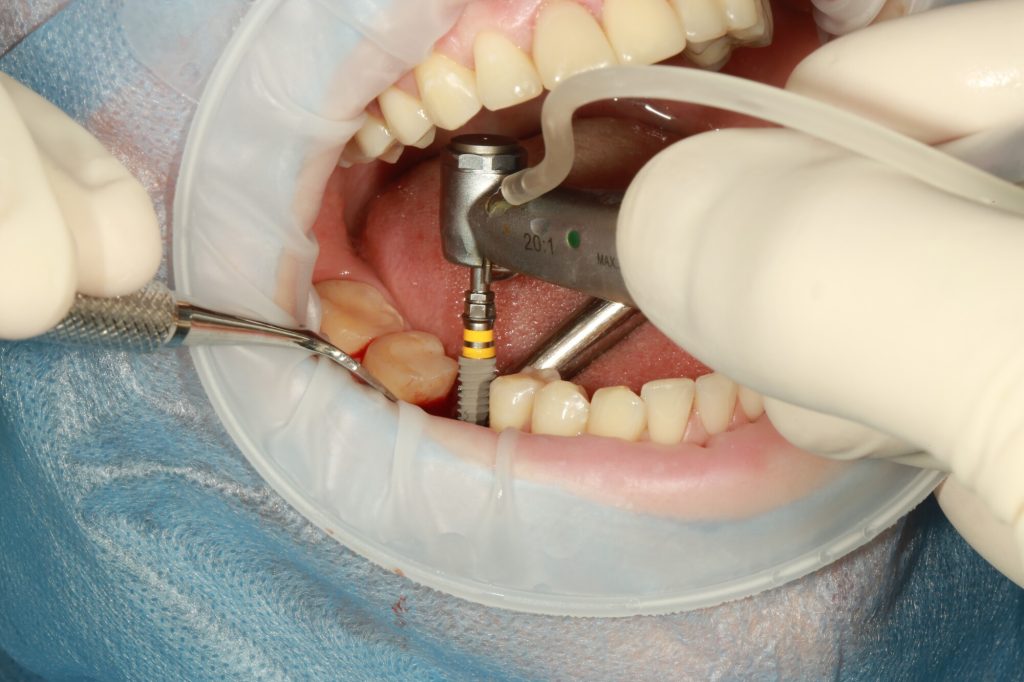
Did you know that 120 million people in the United States are missing one or more teeth? Having a missing tooth can be a serious hit to your self-esteem. It may also make it difficult to chew food and pronounce words correctly.
This is why people opt for dental implants. But what types of dental implants are there? Which option is the best one for your needs?
How can a dentist in Richmond, TX, help you? Keep reading and learn more about your dental implant options below.
Endosteal vs. Subperiosteal Implants
You can enjoy many dental implant benefits with both endosteal and subperiosteal implants. While they are both common for replacing missing teeth, they work in different ways and they are designed for different types of people.
Endosteal implants are more common. They need to be drilled into your jawbone. The bottom of the implant looks like a metal screw or post.
The jawbone will grow around the post and anchor it in place. The rest of the implant is then installed over the post. This ensures the implant doesn’t wiggle around or fall out.
It also looks and feels very realistic. Most dentists will recommend this option to patients, especially if they have bridges or dentures. But not everyone is a good fit for these implants.
If your jawbone is too thin or fragile, it won’t be possible to choose this option. You will instead need to choose a subperiosteal implant. This gets fitted on your jawbone rather than in it.
How It Works
The subperiosteal implant is tucked under your gums. This is an ideal option for those with weak jawbones since there is no chance your jawbone will be damaged by the procedure.
This is also a good option if you can’t wear regular dentures. If you don’t want to do this, you can always opt for a bone graft. This involves taking a piece of bone from your body and grafting it to your jaw.
This strengthens your jaw enough for an endosteal implant. But some people don’t want to go through this invasive procedure. The subperiosteal implant would then be the better option.
Talk to your dentist about these two options and determine which might be better for you. Your dentist can determine the strength of your jawbone, the structure of your mouth, and so on. These factors are all important for getting an endosteal or subperiosteal implant.
Single Implants
A single implant is designed to replace one tooth at a time. Suppose you got your tooth knocked out in an accident. You don’t need any advanced procedures to fix the issue.
You also can’t use crowns or veneers if the entire tooth is missing. If part of the tooth gets chipped away, it may be possible to get a crown. But if the root gets exposed, it may be necessary to remove the tooth and get an implant.
A single implant is ideal for most people because it is so realistic. Once you get this implant installed, people won’t be able to tell the implant from your real teeth. The dentist will carefully consider the color of your natural teeth and create an implant that matches perfectly.
The dentist will also use an implant that has the same shape and size as the rest of your teeth. Since the implant gets personalized to your mouth, it will blend in seamlessly. This is a sure way to show off your smile and get your confidence back.
Functionality
Getting an implant is also important for functionality. Missing a tooth makes it difficult to chew food and do other things properly. A single implant will fix this problem.
Implants are commonly done for the front teeth since they are more likely to fall out or be knocked loose. But you can also get implants for molars and other types of teeth. This ensures the functionality of your teeth isn’t compromised.
The procedure for a single implant is simple, but it may take a while. Your mouth will need to go through a lot of healing before the implant process is complete. It starts with drilling the implant’s post into your jaw.
After that heals, you can move on to the rest of the implant. The whole process may take a month or less.
Multiple Implants
Multiple implants may be necessary if you are missing more than one tooth. If you are missing two or three teeth, implants may be a good answer, especially if they’re not next to each other. If they are next to each other, a bridge may be a better answer.
If you are missing most of your teeth, it may be better to get dentures. This is because they are more affordable and straightforward for the whole mouth. But some people are unable to wear dentures.
Dentures may be too uncomfortable, or they may have trouble getting the right fit. It would then be better to get multiple implants. But since getting an implant is such an invasive procedure, it may not be possible to get all the implants at one time.
This would also be a much longer procedure than for a single implant. But it would still be worth it to have a full set of beautiful teeth again.
The Most Common Types of Dental Implants
There are many types of dental implants out there, and it’s important to choose the right ones for your needs. A dentist in Richmond, TX, can help you make the right decision.
Are you ready to get dental implants? Check out our dental services and see how they can help.

